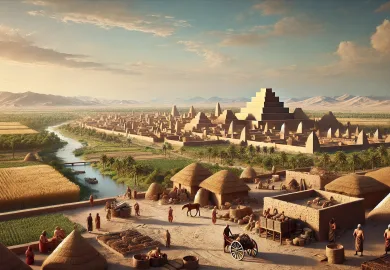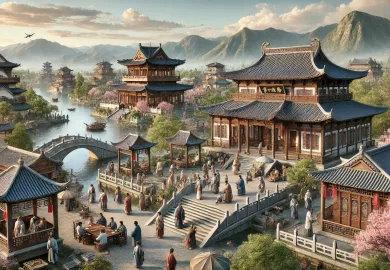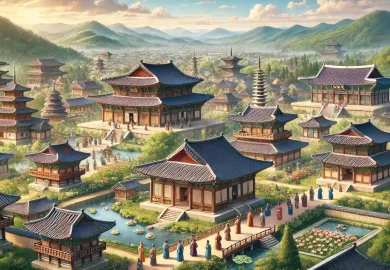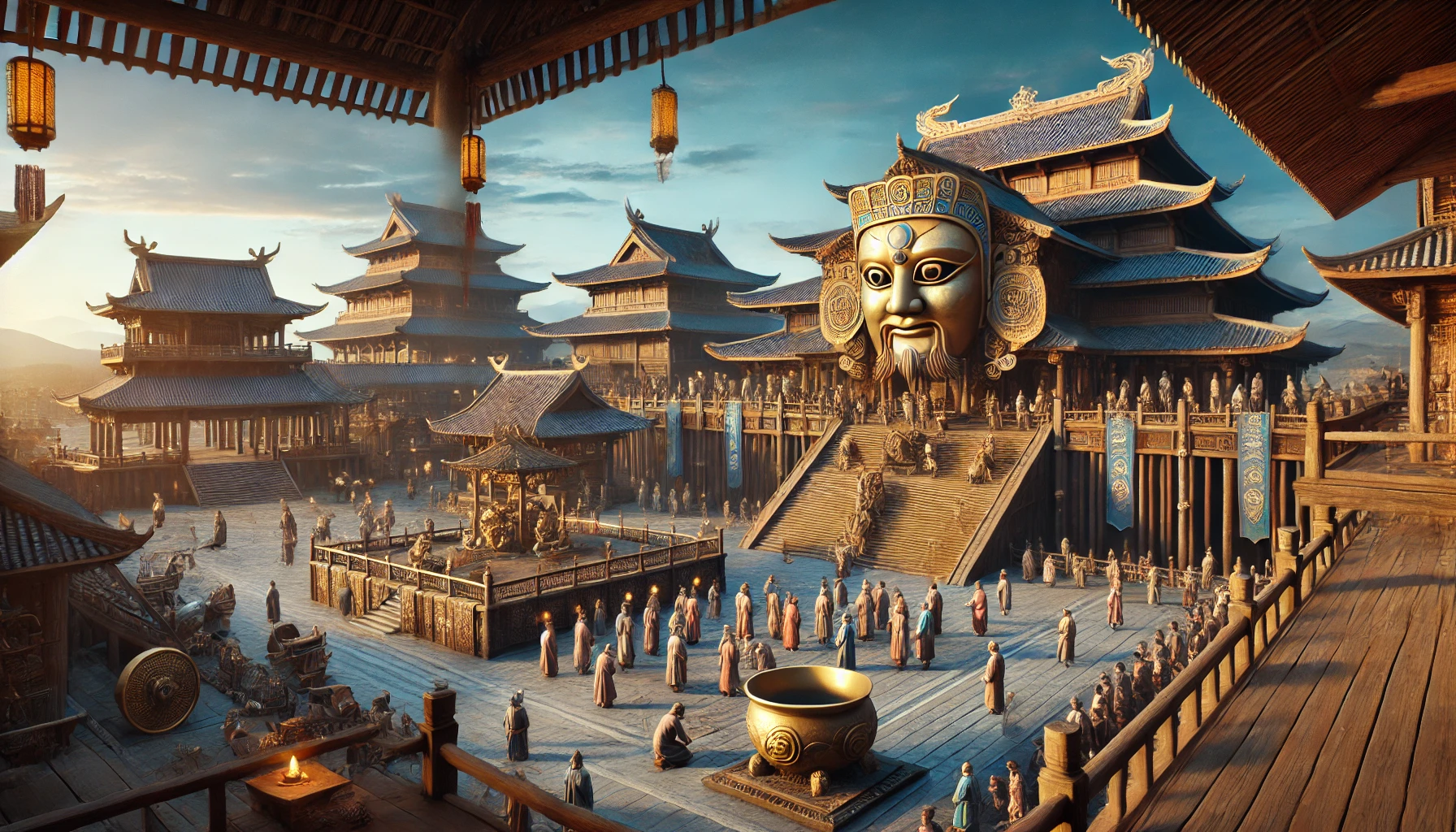
Disclaimer: This content was generated using AI. While I strive for accuracy, I encourage readers to verify important information. I use AI-generated content to increase efficiencies and to provide certain insights, but it may not reflect human expertise or opinions.
The Sanxingdui civilization, one of the most mysterious and captivating ancient cultures in China, left behind an astonishing archaeological legacy that continues to puzzle and fascinate historians, archaeologists, and art enthusiasts around the world. Discovered in the early 20th century, the artifacts and ruins found at the Sanxingdui site in Sichuan province have provided an unprecedented glimpse into a previously unknown chapter of Chinese history. The discovery revealed a culture with a distinct aesthetic and religious system that diverged significantly from the well-known dynasties of ancient China. This article delves into the cultural significance of Sanxingdui, its monumental discoveries, and the fascinating mysteries that still surround this enigmatic civilization.
The Discovery of Sanxingdui: An Archaeological Sensation
The story of Sanxingdui’s discovery dates back to 1929, when a local farmer stumbled upon a trove of jade artifacts while digging a ditch. However, it wasn’t until the late 1980s that the full extent of the site came to light, with the unearthing of two sacrificial pits filled with a staggering array of treasures—bronze masks, gold artifacts, jade objects, and ivory carvings.
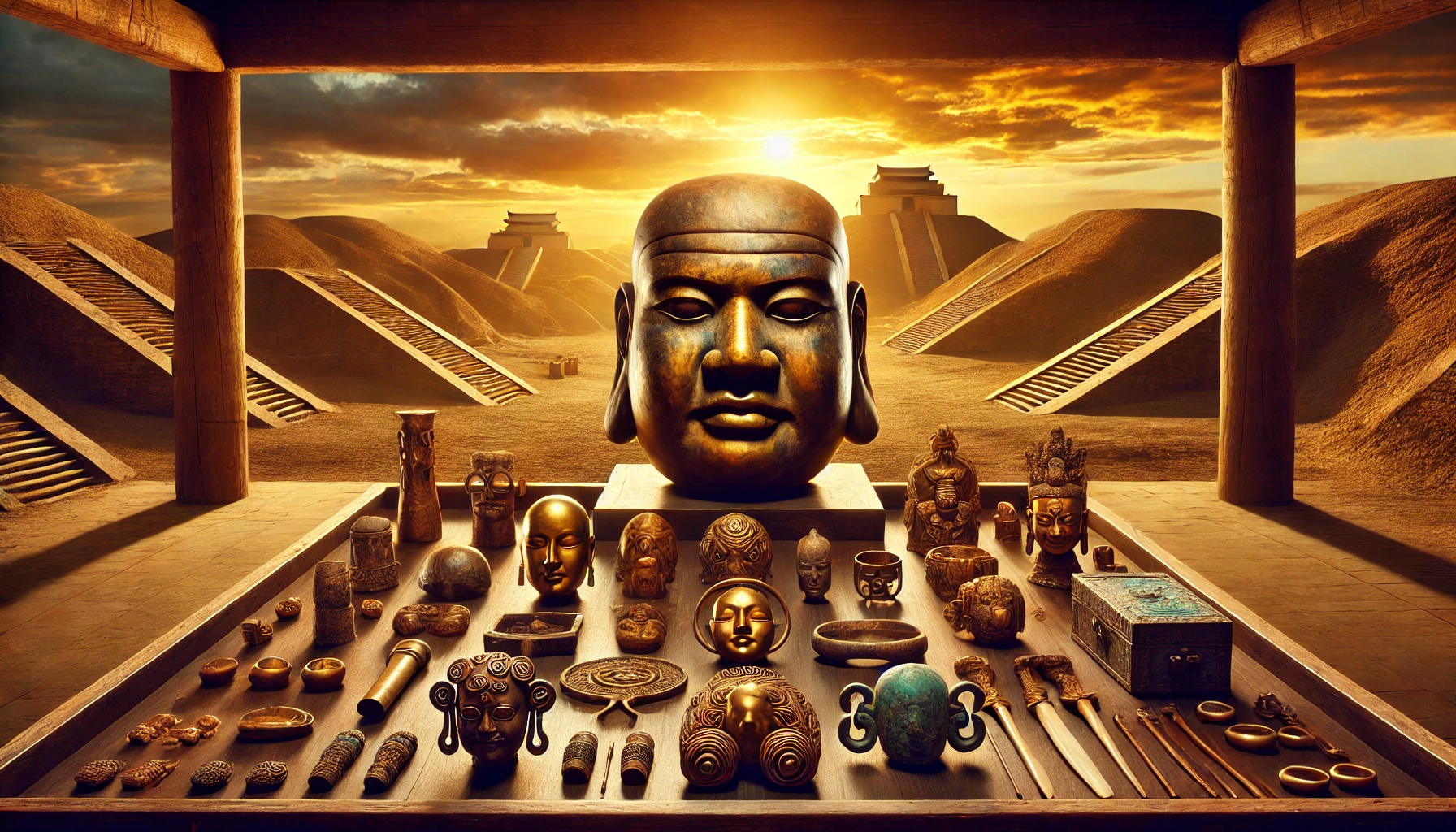
The sheer scale and sophistication of the finds stunned the archaeological world. The Sanxingdui site, which dates back to around 1200 BCE, was far more complex and developed than anyone had imagined. It challenged the traditional narrative of early Chinese civilization, which had focused on the Yellow River Valley as the cradle of Chinese culture. Sanxingdui demonstrated that the Sichuan Basin was home to an advanced civilization with its own unique set of religious practices, artistic expressions, and technological advancements.
The discovery was monumental because it filled in a previously unknown chapter in China’s ancient history. The highly stylized bronze masks with exaggerated features and oversized eyes, as well as the gold and jade ceremonial artifacts, were unlike anything seen in other parts of China. This opened up a new understanding of the diversity and complexity of early Chinese cultures.
The Artistic and Religious Significance of Sanxingdui Artifacts
One of the most fascinating aspects of the Sanxingdui culture is the artistic and religious significance of the artifacts unearthed. The bronze sculptures, masks, and ceremonial items found at the site are extraordinary in both their craftsmanship and symbolism. These artifacts provide key insights into the religious and social beliefs of the Sanxingdui people, though much about their practices remains shrouded in mystery.
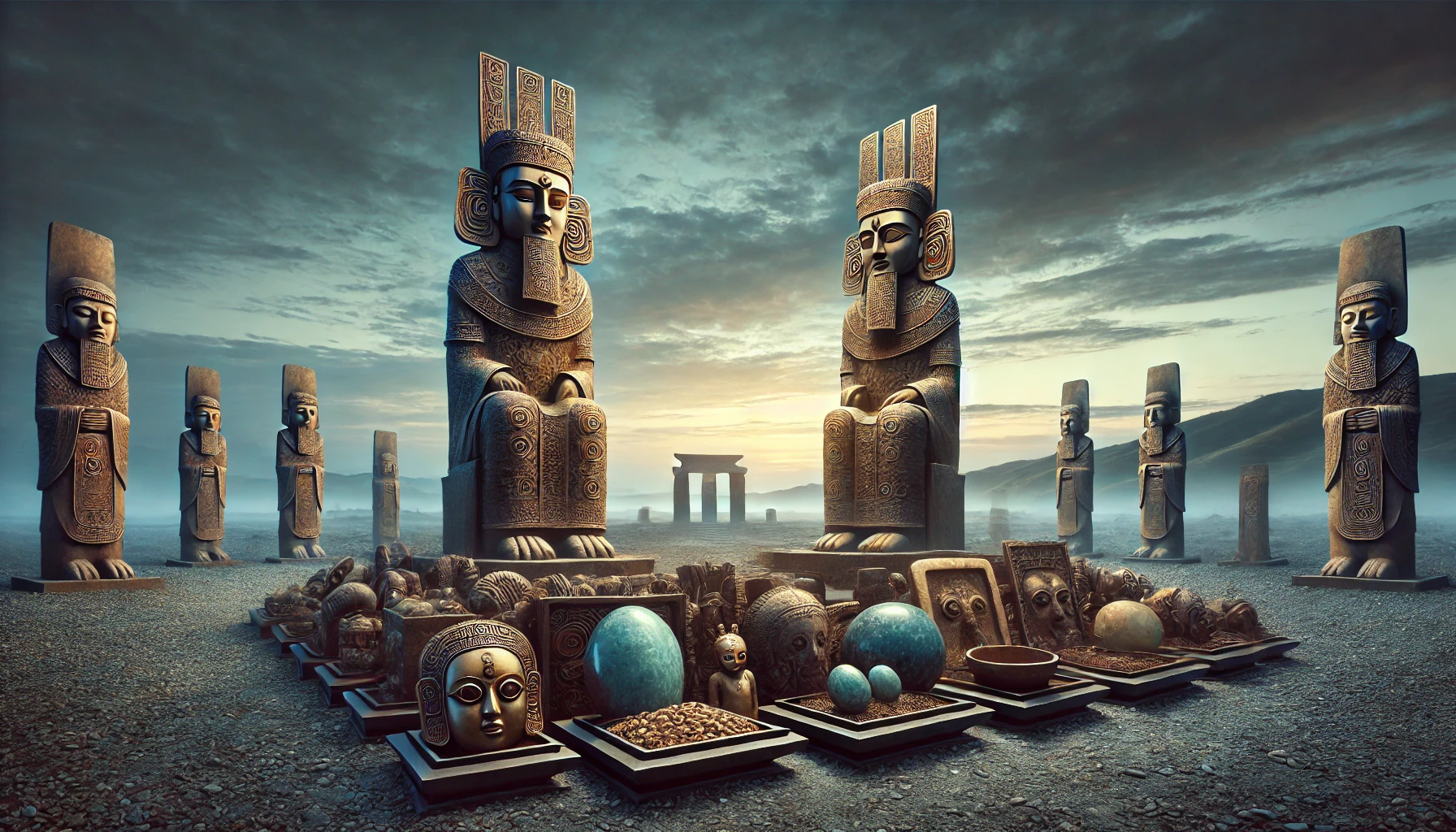
Sanxingdui is especially renowned for its colossal bronze masks, some of which are over two meters tall. These masks have exaggerated, almost alien-like features, with large eyes, sharp noses, and wide mouths. Some masks were gilded with gold, suggesting a highly developed metallurgical technique and a complex belief system where certain deities or ancestors may have been worshipped through these imposing icons.
Alongside the masks, archaeologists also discovered intricate golden scepters, statues, and jade objects, all of which seem to have played a role in religious or ceremonial functions. The sheer number of sacrificial objects suggests that Sanxingdui was a deeply religious society, with complex rites dedicated to their gods or ancestors. However, with no written records surviving from this era, the true purpose of these items remains speculative. Still, they offer a tantalizing glimpse into a civilization that prioritized elaborate ritualistic practices as part of their societal structure.
The use of materials such as gold, jade, and ivory points to a culture that valued luxury and had access to vast resources. This raises further questions about the Sanxingdui civilization’s trade networks and how they might have interacted with other cultures in China and beyond. The stylistic elements in Sanxingdui art are unique, suggesting that this civilization was relatively isolated but highly innovative in their artistic expressions.
The Mysterious Disappearance of the Sanxingdui Civilization
While the artifacts of Sanxingdui offer an enthralling glimpse into its cultural and religious life, one of the biggest mysteries surrounding this civilization is its sudden disappearance. Around 1200 BCE, the Sanxingdui civilization appears to have vanished without a trace, leaving behind no clear explanation for its decline.
Archaeologists have proposed several theories to explain this enigmatic disappearance. Some believe that a natural disaster, such as an earthquake or flood, may have caused the abrupt abandonment of the Sanxingdui site. Sichuan province is known for its seismic activity, and it’s possible that a catastrophic event could have forced the people of Sanxingdui to relocate. Others suggest that changes in the flow of nearby rivers might have disrupted the city’s agricultural systems, leading to its downfall.
Another theory posits that warfare or invasion by neighboring cultures could have played a role in the collapse of the Sanxingdui civilization. However, no significant evidence of conflict has been found at the site, leaving this theory largely speculative.
Despite these hypotheses, the true reason for Sanxingdui’s disappearance remains elusive. This only adds to the intrigue surrounding this ancient culture. Why did a civilization that was capable of producing such sophisticated art and engineering feats suddenly fade away, leaving behind only fragments of its existence? The mystery of Sanxingdui continues to captivate researchers and enthusiasts, who hope that future discoveries may one day provide answers to these unresolved questions.
The Legacy of Sanxingdui in Modern China
Though much about the Sanxingdui culture remains enigmatic, its legacy has had a profound impact on both modern Chinese archaeology and popular culture. The discovery of the site has significantly altered the understanding of early Chinese history, demonstrating that ancient China was not a monolithic culture centered solely around the Yellow River Valley. Instead, it was a mosaic of diverse civilizations, each contributing to the rich tapestry of Chinese history.
Today, the Sanxingdui Museum, located near the excavation site, attracts thousands of visitors each year who are eager to view the remarkable artifacts and learn more about this ancient civilization. The museum plays a crucial role in preserving and promoting the legacy of Sanxingdui, offering exhibits that showcase the ingenuity and artistic prowess of the ancient people who once inhabited this region.
In addition to its academic importance, Sanxingdui has also made its way into popular culture, inspiring novels, films, and television shows. The unique aesthetic of the bronze masks, with their exaggerated facial features, has become an iconic symbol of ancient Chinese art. This imagery has been incorporated into various forms of media, further cementing Sanxingdui’s place in the cultural imagination.
Moreover, the ongoing excavation of Sanxingdui continues to yield new discoveries. In 2021, archaeologists unearthed additional sacrificial pits containing even more treasures, including intricately designed bronze vessels and jade ornaments. These findings have reignited public interest in the site, with many hoping that future excavations will reveal more about the daily life, governance, and beliefs of the Sanxingdui people.
The legacy of Sanxingdui is one of mystery, creativity, and cultural richness. Its artifacts stand as a testament to the ingenuity and artistic brilliance of this ancient civilization, and they continue to inspire wonder and curiosity in both scholars and the public alike.
Conclusion
The Sanxingdui civilization offers a tantalizing glimpse into a forgotten chapter of ancient China. Its remarkable artifacts, from towering bronze masks to intricately crafted gold and jade objects, provide a window into a culture that was both sophisticated and mysterious. While much about the Sanxingdui people remains unknown—including the reasons for their sudden disappearance—what they left behind has irrevocably changed our understanding of ancient Chinese history. As new discoveries continue to emerge from the Sanxingdui site, there is hope that the secrets of this enigmatic civilization will one day be fully uncovered. Until then, the Sanxingdui remains a fascinating puzzle that continues to capture the imagination of all who study it.



